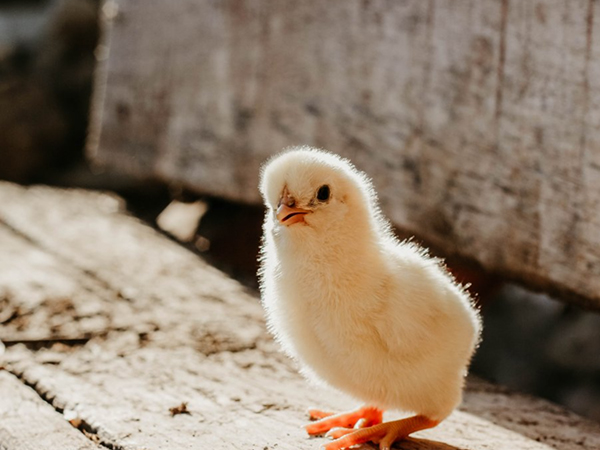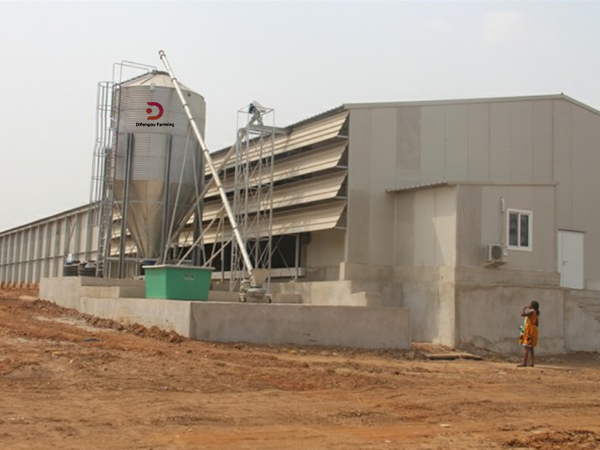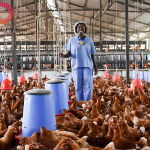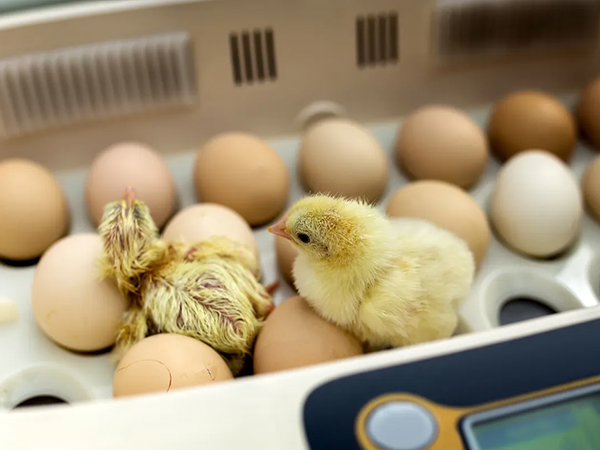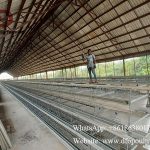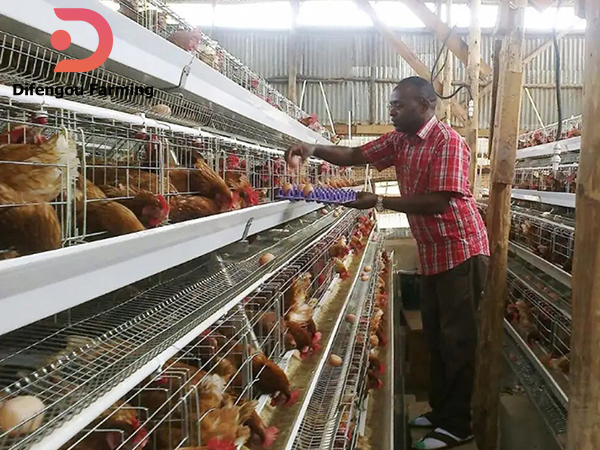The importance of Layer Chick Rearing for the begining 42 Days In Uganda
(0-6 Weeks)
For egg-laying chickens, the period from hatching to 42 days old is known as the chick-rearing stage. Managing these 42 days is critical for the overall success of chicken farming, especially for laying hens that are raised until around 500 days old before being culled. During this management period, it’s advisable to create a checklist that outlines what needs to be monitored and improved. Good early management can reduce mortality rates and the proportion of poorly developed chickens in the flock.
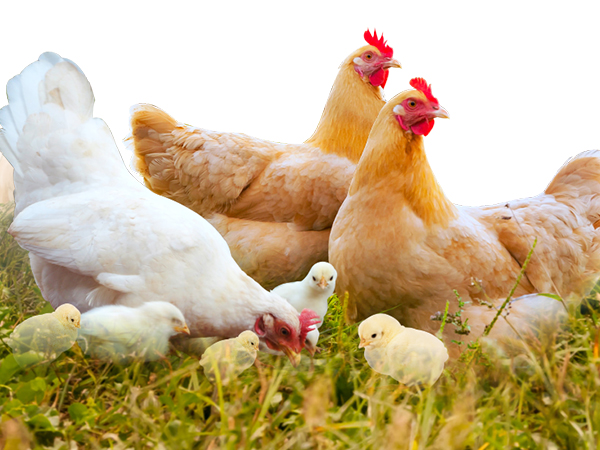
The main objectives of broiler chick rearing are twofold. Firstly, to achieve high chick survival rates and good uniformity. Healthy chick survival rates should reach 99% to 99.5% at 1 week old and not drop below 98% by 6 weeks old. Uniformity refers to the percentage of birds in the flock whose individual weights fall within “average weight ±10%.” Flocks with uniformity between 80% and 85% are considered acceptable, between 85% and 90% are good, and above 90% are excellent. Secondly, to attain target body weights and ensure proper bone development. Body weight at 5 weeks old is strongly positively correlated with various key performance indicators during the laying period. In other words, the larger the body weight at 5 weeks old, the higher the production performance indicators and survival rate during the laying period. Bone development is assessed using measurements like the tibia length, and the combination of body weight and tibia length serves as a dual standard. Chickens that have tibia lengths longer than their body weight is light or have tibia lengths shorter than their body weight is heavy are considered low-yielding birds. Only chickens that meet both the body weight and tibia length criteria are considered high-yielding birds.
If you want to know how to get good brooders for layer farms, welcome to contact our expert for more information.

